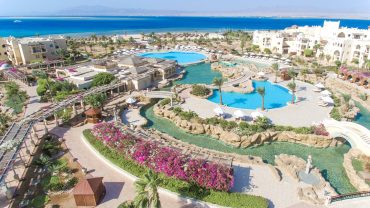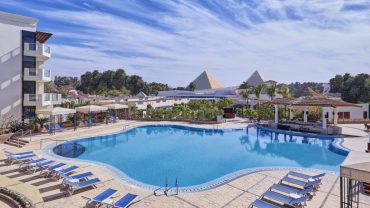Wadi El Rayan is a deep depression of Isonian limestone. The reserve is located approximately 170 km from Cairo, southwest of the Fayoum Depression. It is administratively affiliated to the Youssef El-Siddiq Center, with an estimated total area of about 1,759 km², and the level of the valley is about 42 meters below sea level. The valley is famous for its many waterfalls and natural beauty, as it is considered a natural environment for wild animals and rare migratory birds. Wadi El Rayan region was declared a nature reserve by Prime Minister Decree No. 943 of 1989 and amended by Decree No. 2954 of 1997 with the aim of protecting the unique biological and geological resources in the region.
The two lakes in Wadi El-Rayan began to form in 1973 when the desert depression in the valley was flooded with an excess of agricultural drainage water. The upper lake with an area of about 55 km² and the lower lake with an area of about 58 km² was formed, and reed bushes grew around its shores, providing a natural, calm and pollution-free environment. Between the two lakes, the famous Wadi El Rayan waterfalls.
The reserve is divided into three areas for the purpose of protection: a natural protection area, which includes the southern part of the valley, with an area of about 160 km². That destroys or alters the natural environment, such as grazing, cutting plants, or any other activities. A neutral area north of the first area, east and west, with an estimated area of about 25 km². It contains round rock, and all kinds of fishing are prohibited there. An area of exploitation and tourist attraction that includes the northern and northeastern part of the valley, with an area of 125 km².
The valley includes several important areas: the waterfalls area that connects the two lakes, the Oyoun Al Rayyan area or “Al-Aywan Oasis”, located in the southwest of the reserve, with an area of about 23 km², and consisting of dense, moving sand dunes. Desert plants and near them there are date palms, camels, hawks, and about 15 species of animals, the most important of which are the Egyptian deer, the jaws, the sand fox, the red fox, the Egyptian wolf, and about 16 species of resident and migratory birds. Various of migratory and resident birds, the most important of which are the Shaheen falcon and the free falcon.




Comment (0)